Although the first (currently available) written mention of the village of Yablunytsia dates back to 1761, it is known for certain that people lived here during the times of Kyivan Rus, and quite possibly much earlier.
At the same time, the first mention of the local church dates back to 1615 (as the date of its construction). The unique wooden building, built in the best Hutsul traditions and without a single nail, served the local community faithfully for more than a century and a half, until in 1779 it was given as a dowry to Evdokia Voronenko in the nearby village of Vorokhta (now the urban-type settlement of Vorokhta), where it was consecrated as the Church of the Nativity of the Blessed Virgin Mary.
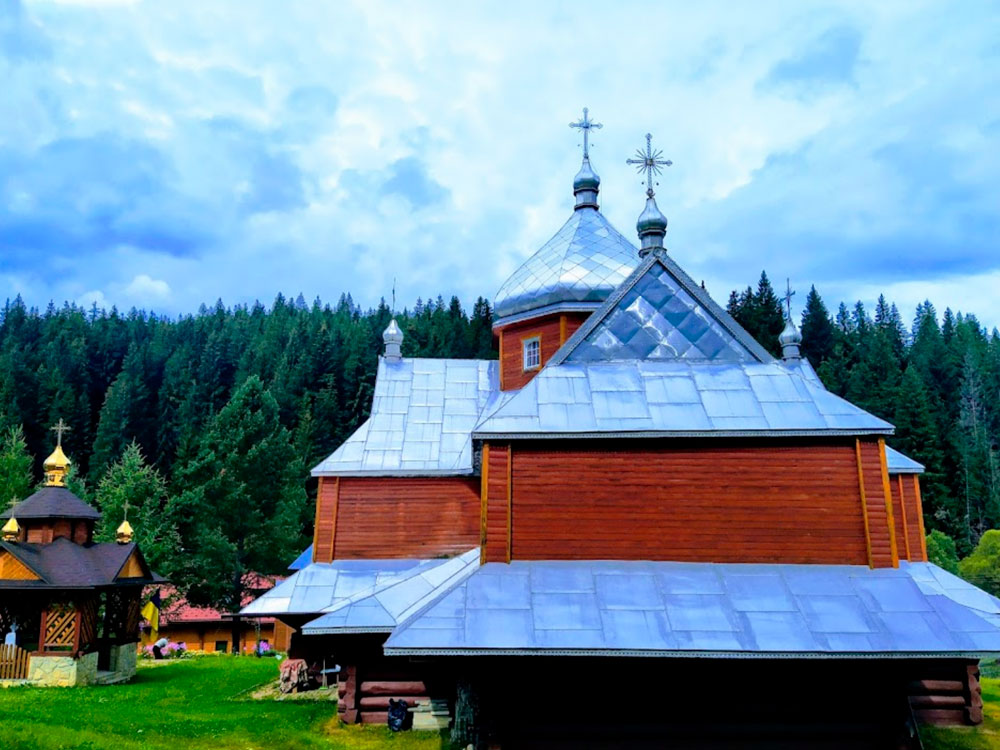
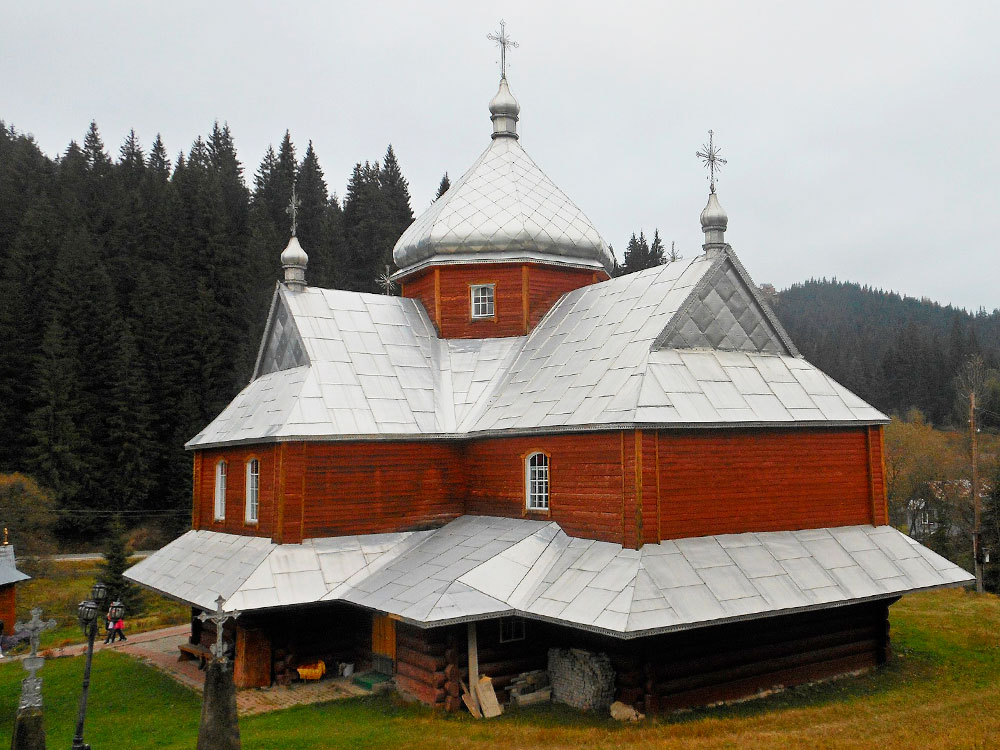
However, the residents of Yablunytsia did not remain without their main Shrine for long, because the new sacred building was already at the stage of completion at the time of the transfer of such an unusual dowry gift to the neighboring village, and a year later (in 1780) the new church hospitably opened its doors to parishioners. But for some reason its name was different – now it was the Holy Ilyinsky Church (in honor of the prophet Elijah), located in its current location.
Interestingly, the fate of its predecessor awaited the new church – in the winter of 1871 it was sold and disassembled and transported on sleds to the neighboring village of Lazeshchyna, located in Transcarpathia in the Plytovaty tract. This operation was carried out by the fundush (nowadays called the foundation) of Yuriy Leklyuk, and the construction at the new location was supervised by the spouses Mykhailo Plastunyaka and Maria Telechuk. A year later, this transported temple was consecrated in honor of Saints Peter and Paul.
As for the construction of the new church in Yablunytsia, it was completed only in 1895, while the wooden plebania (estate) for the priest located nearby appeared much faster (nine years earlier). The new temple in honor of the prophet Elijah did not exist in its original form for very long – during the First World War (1914-1918), very fierce battles took place here, and its walls were heavily damaged, so that a thorough overhaul was required.
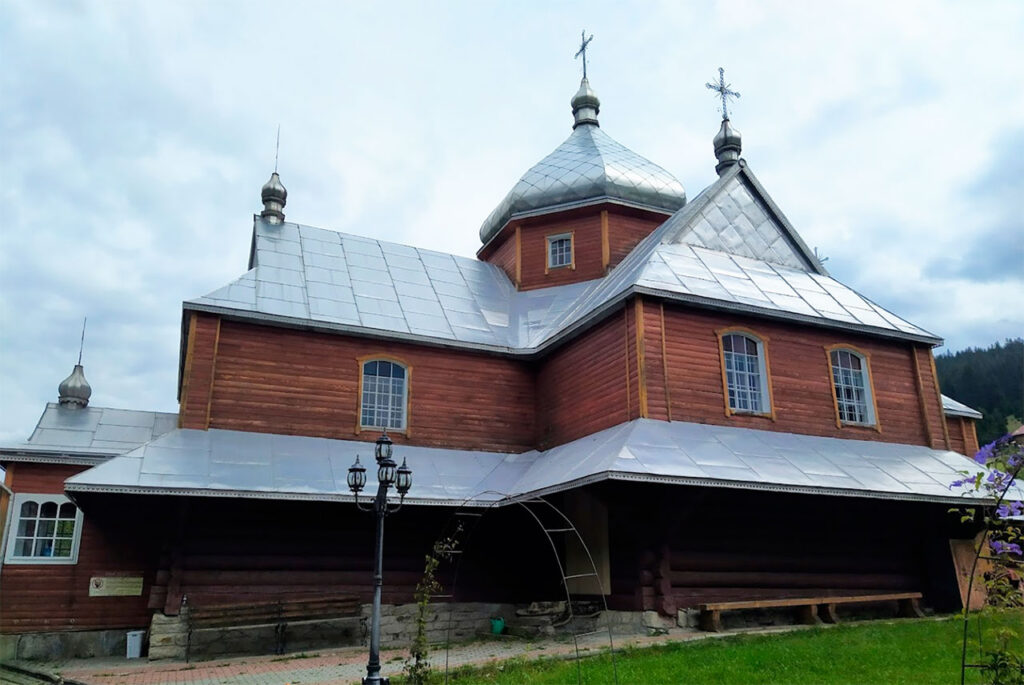
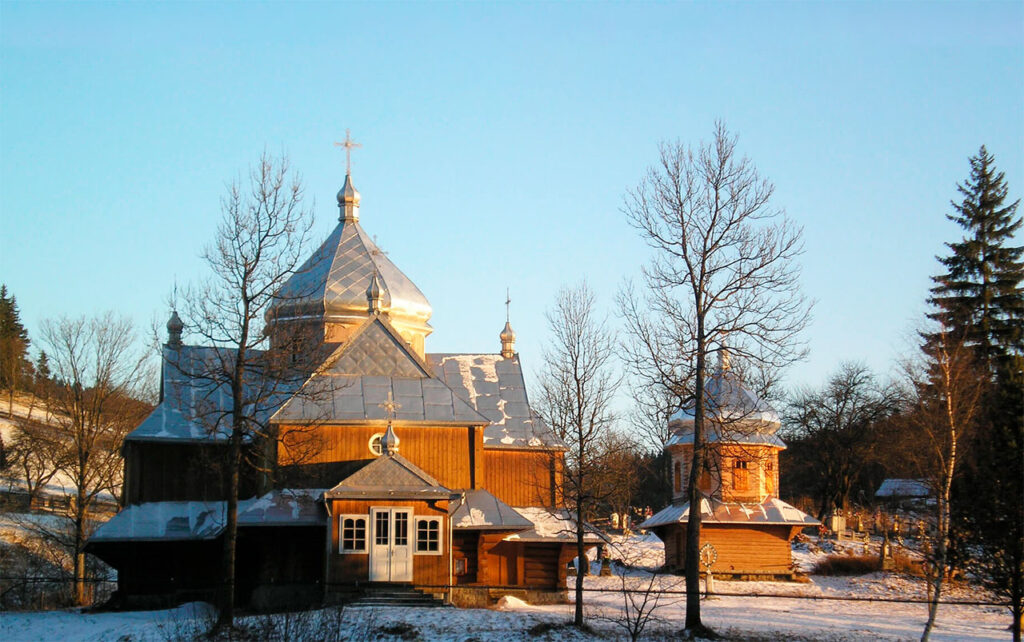
After the completion of the major repairs, the church resumed its activities and continued throughout the interbellum (interwar period) under the auspices of the Polish Republic. During this time, according to local church fashion, it was covered with shiny tin, and the interior was enriched with a renovated iconostasis (carver – Vasyl Turchinyak from Luga, Ferdinand Orekhovsky and Karl Skochdopol took part in the painting).
After more than forty years of Soviet oblivion, just a few weeks after the restoration of Ukraine’s independence, on September 17, 1991, the parish of the Dormition of the Blessed Virgin Mary in Yablunytsia resumed its official existence, with the right to conduct services here granted to Greek Catholic priests. Since then, the long path of reconstruction of the sacred building began through the thorns of the first difficult years of the formation of independence and the confessional division of the local population.
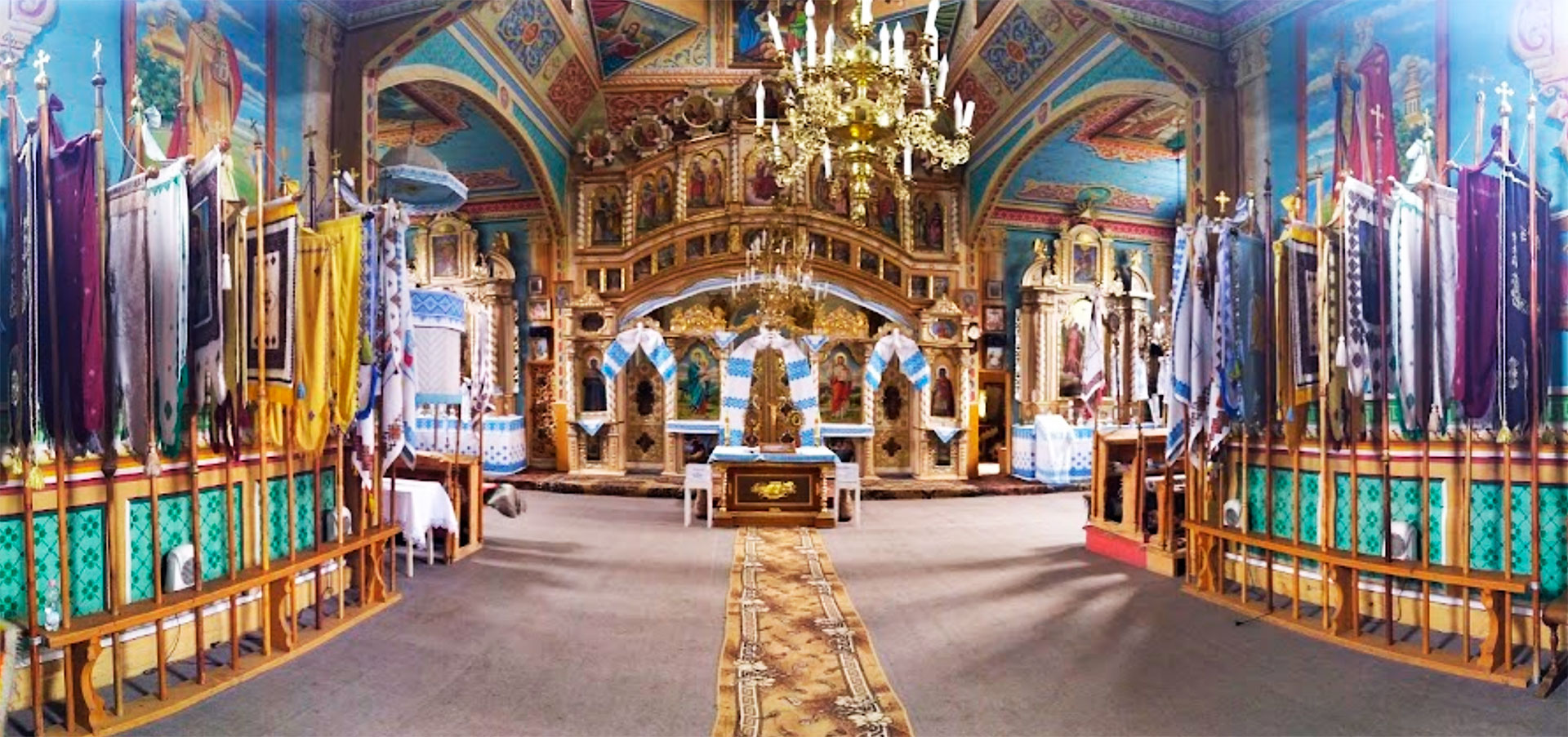
The wooden Church of the Prophet Elijah (after re-consecration – the Assumption of the Virgin Mary) is made in the traditional style for the Carpathian region. It is located on a small hill of the Yablunetsky Pass, shrouded in the eternal greenery of huge spruce trees. The temple looks simply stunning from all sides! Of course, this Church of the Assumption of the Mother of God is a real decoration of Yablunytsia. It is also worth noting that this temple, located only three kilometers from our guest house “Chillax“, has the status of an architectural monument of local significance.
Of course, we recommend that all our guests not only look at the ancient Church of the Assumption of the Virgin Mary in Yablunytsia from the outside, but also go inside, admire the unique interior decoration and iconostasis, light a candle and pray to God there, even if you are not a parishioner of the Ukrainian Greek Catholic Church.
Where is located
Yablunytsya, Ivano-Frankivsk region.

